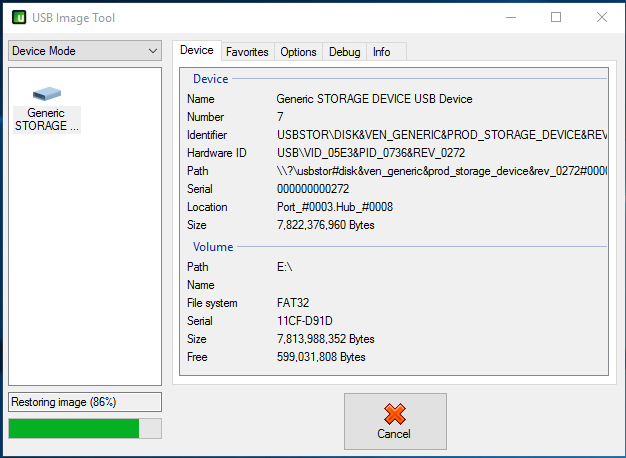Getting Started Part 2: Writing SDCard Images
Published on November 30, 2016
Writing SDCard Images
All of our software releases link sdcard images which you'll need to download and write to a sdcard. This has been said before on our blogs, but it it worth repeating here, the sdcard image is a complete image of the sdcard. The file includes filesystem information and structure (EXT3/4, FAT, etc) and all the partition information and all the files in the partitions. Everything. So there is no prep required on your end, all you need is an sdcard which you are comfortable overwriting.
Linux
On Linux the process is simple. Firstly, you'll want to plug in the sdcard and figure out where it mounts at. I have a microsdcard to usb dongle and when I plug it into my computer I can look through dmesg and see where it mounts. In this example, you'll see it mounts at /dev/sdf:
ubuntu@boundary:~$ dmesg
...
[518482.181498] usb-storage 1-1:1.0: USB Mass Storage device detected
[518482.181653] scsi host34: usb-storage 1-1:1.0
[518483.179586] scsi 34:0:0:0: Direct-Access Generic USB SD Reader 1.00 PQ: 0 ANSI: 0 CCS
[518483.180057] sd 34:0:0:0: Attached scsi generic sg6 type 0
[518483.180461] sd 34:0:0:0: [sdf] 7774208 512-byte logical blocks: (3.98 GB/3.71 GiB)
...
Then you'll want to unmount that drive so you can safely write to it. The command is "sudo umount /dev/X*", replacing X with the mount point. In my example, my unmount command would be:
ubuntu@boundary:~$ sudo umount /dev/sdf*
Then you can write the sdcard image file using the tool "dd", and if the sdcard image is gzipped then you can unzip the image with "zcat" and pipe the data to "dd"
For gzipped sdcard images:
ubuntu@boundary:~$ zcat example.sdcard.gz | sudo dd of=/dev/X bs=1M
0+86844 records in
0+86844 records out
3263168512 bytes (3.3 GB, 3.0 GiB) copied, 275.794 s, 11.8 MB/s
For standard sdcard images:
ubuntu@boundary:~$ sudo dd if=example.sdcard of=/dev/X bs=1M
0+86844 records in
0+86844 records out
3263168512 bytes (3.3 GB, 3.0 GiB) copied, 275.794 s, 11.8 MB/s
Again, replace X with the device you found from dmesg.
Windows
For Windows we suggest writing sdcard images with this tool: https://www.alexpage.de/usb-image-tool/ (Download links here)
When you open the application, you should see on the left your sdcard. Then you'll need to press the "Restore" button to write a sdcard image to it.
Next you'll need to go to the sdcard image's location on disk. Then select "All Files (*.*)" from the drop down on the bottom right - this will allow the application to find .sdcard or .sdcard.gz files. Select the image and hit "Open":
Once you hit the Open button, the sdcard writing should start. You'll see a status bar on the bottom right as it progresses. Once it's at 100% you're good to go:
 Laird Connectivity and Boundary Devices are now Ezurio
Laird Connectivity and Boundary Devices are now Ezurio

